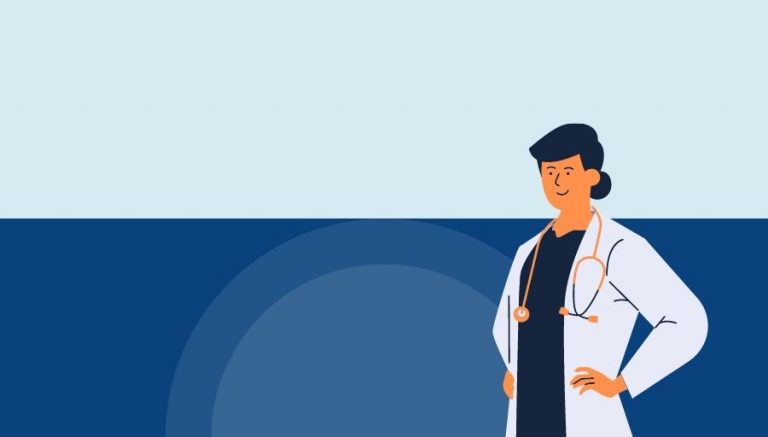How To Use CPT Code 92100
CPT 92100 describes the process of serial tonometry, which involves multiple measurements of intraocular pressure over an extended time period. This article will provide an overview of CPT code 92100, including its official description, procedure, qualifying circumstances, appropriate usage, documentation requirements, billing guidelines, historical information, and similar codes.
1. What is CPT Code 92100?
CPT 92100 is used to describe the procedure of serial tonometry, which involves taking multiple measurements of intraocular pressure over a given time period on a single day. This procedure is typically performed to monitor the response to treatment or document pressure changes throughout the day. It is an important part of the examination for glaucoma, a condition characterized by increased intraocular pressure that can lead to damage to the optic nerve.
2. Official Description
The official description of CPT code 92100 is: ‘Serial tonometry (separate procedure) with multiple measurements of intraocular pressure over an extended time period with interpretation and report, same day (eg, diurnal curve or medical treatment of acute elevation of intraocular pressure).’ It is important to note that for monitoring of intraocular pressure for 24 hours or longer, a different code (0329T) should be used.
3. Procedure
- The physician performs multiple measurements of intraocular pressure over a given time period on a single day.
- The measurements are taken using a tonometry device, which measures the pressure inside the eye.
- The physician may need to numb the patient’s cornea with a local anesthetic before placing the tonometry device on the cornea.
- The physician records and interprets the measurements to monitor the patient’s response to treatment or document pressure changes throughout the day.
- If necessary, the physician may repeat the measurements at different time points to obtain a more comprehensive understanding of the patient’s intraocular pressure.
4. Qualifying circumstances
CPT 92100 is typically performed as part of the examination for glaucoma. It is used to monitor the response to treatment or document pressure changes throughout the day. The procedure is indicated for patients with increased intraocular pressure above the normal range of 10-21. It is important to note that tonometry is considered incidental to an intermediate or comprehensive eye exam or E/M service, and should not be reported separately in those cases.
5. When to use CPT code 92100
CPT code 92100 should be used when the physician performs serial tonometry, taking multiple measurements of intraocular pressure over an extended time period on a single day. This code is appropriate for monitoring the response to treatment or documenting pressure changes throughout the day. It should not be reported for single-episode tonometry performed during a routine eye exam or E/M service.
6. Documentation requirements
To support a claim for CPT code 92100, the physician must document the following information:
- The reason for performing serial tonometry, such as monitoring response to treatment or documenting pressure changes
- The specific measurements of intraocular pressure taken over the extended time period
- The interpretation and report of the measurements
- The date of the procedure
- Any additional relevant information, such as the patient’s response to treatment or any complications encountered
7. Billing guidelines
When billing for CPT code 92100, it is important to ensure that the procedure meets the criteria for serial tonometry. The physician should perform multiple measurements of intraocular pressure over an extended time period on a single day. It is also important to note that tonometry is considered a bilateral procedure, so only one unit of CPT code 92100 should be reported, regardless of whether one or both eyes are tested. Additionally, it should not be reported with other codes for tonometry or ocular blood flow measurements.
8. Historical information
CPT code 92100 was added to the Current Procedural Terminology system on January 1, 1990. There have been no updates or changes to the code since its addition.
9. Examples
- A patient with glaucoma undergoes serial tonometry to monitor the effectiveness of their current treatment plan.
- A physician performs multiple measurements of intraocular pressure throughout the day for a patient with acute elevation of intraocular pressure, in order to guide medical treatment.
- A patient with suspected glaucoma undergoes diurnal curve testing, during which the physician measures intraocular pressure at different time points over several hours to assess pressure variations.
- A physician performs serial tonometry on a patient with a history of fluctuating intraocular pressure, in order to document pressure changes throughout the day.
- A patient with glaucoma undergoes serial tonometry to assess the response to a newly prescribed medication.
- A physician performs multiple measurements of intraocular pressure over an extended time period for a patient with suspected glaucoma, in order to establish a baseline for future monitoring.
- A patient with glaucoma undergoes serial tonometry to evaluate the effectiveness of a recently performed surgical procedure.
- A physician performs diurnal curve testing on a patient with acute glaucoma, in order to assess the response to treatment over the course of several hours.


